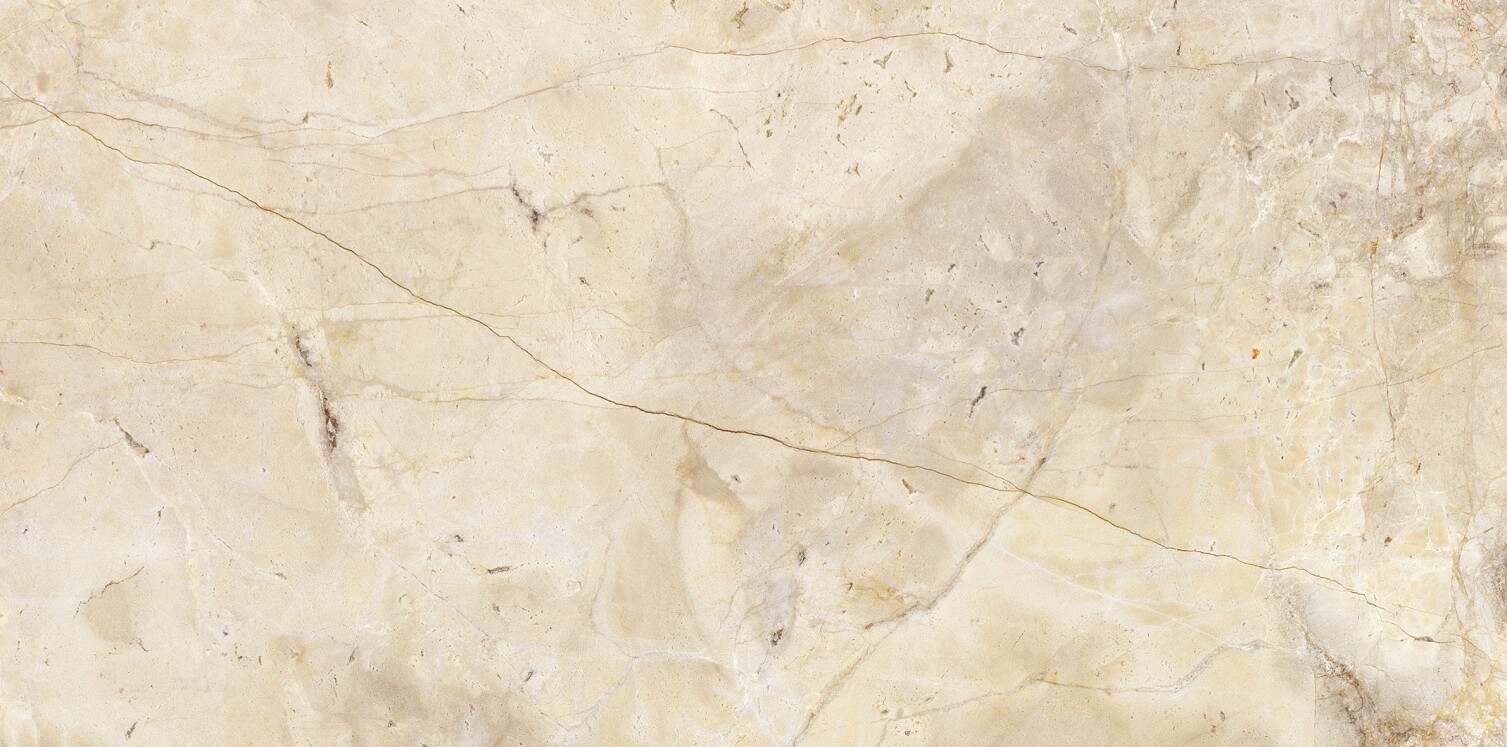Stone vs Ceramic Tile
August 11,2022
In recent years, with the continuous development of China's stone industry, stone materials have moved from the original high-grade building decoration materials to thousands of households, becoming the choice of more and more users, and replacing ceramic tiles in some fields as the most popular products in the building decoration field.
Because the cut natural stone and ceramic tile are very similar in appearance, price, and function. Many people think that there is no difference between them. There are essential differences between the two in terms of product nature and decoration effect. Today, we will take stock of the comparative advantages of stone and ceramic tiles in architectural decoration.

Product Nature
Stone is more natural. After cutting and polishing, only the shape or shape has changed, but the material itself has not changed. Ceramic tile is a kind of acid-base resistant porcelain or stone material made of refractory metal oxide and semi-metal oxide through grinding, mixing, pressing, glazing and sintering. Most of its raw materials are mixed with clay, quartz sand, etc. it belongs to the artificial stone produced after chemical changes and is a new material formed by the chemical reaction of sand, stone, and mud.
Price comparison
After buying ceramic tiles, you can find workers to lay them at home. However, natural stones need to be processed before they can be laid on the ground. Therefore, many customers think that the price of artificial stones is higher than that of ceramic tiles. It is not. Take a beige natural stone from Africa as an example. After processing, the price is about 700 yuan per square meter. While the price of a domestic ceramic tile with similar color and texture is about 620 yuan per square meter. Therefore, the price difference between the two is not big.
Practical comparison
Stone has super durability. It has been the most important building and decoration material since ancient times. Most of the best preserved ancient buildings in the world are stone buildings. Ceramic tiles are weak in impact resistance and easy to be broken: no matter in the process of production, transportation, installation, or use, ceramic tiles are very easy to be broken and have large losses, which are determined by the nature of their materials and cannot be changed.
In addition, ceramic tiles are also easy to wear. Generally, after the laying of ceramic tiles, the edge seam wear occurs in the family for about 6 months, and the surface of ceramic tiles will have different degrees of wear in 8-12 months; The tiles used in public places will be subject to edge seam wear within 2-3 months, and the tiles will be subject to different degrees of wear within 6 months. In terms of wear resistance, stone products are also far better than ceramic tiles.
Color difference comparison
Due to its naturalness, the color difference of natural stone is relatively obvious, and the surface texture of the natural stone is not as rich as that of ceramic tiles, but the paving effect of natural stone is natural and atmospheric, which is incomparable to ceramic tiles.
Ceramic tiles are made by manual processing in the later stage, which can avoid color differences to a certain extent. However, no matter how good the ceramic tiles are, there will be color differences, which is an unavoidable problem, mainly because of the limitations of raw materials and production technology.
Shape and accuracy comparison
The stone can be cut according to different requirements. Because of the specification requirements, the ceramic tile has great limitations on shape production. In addition, the length error of each side is large due to the temperature change or the limitation of equipment and process during the production process of ceramic tiles (detection method: the length is different when measuring the diagonal with a ruler).
Comparison of thermal expansion coefficient
Most of the stones are taken from nature. The physical and chemical properties are very stable and the thermal expansion coefficient is small. The deformation and variation of the products rarely occur due to the temperature change.
The thermal expansion coefficient of ceramic tile is relatively large, which is easy to cause product deformation, especially in winter, the phenomenon of ceramic tile arching is easy to occur.
Safety Comparison
The surface treatment process of the ceramic tile makes the friction generated in the use process very small, so it is very slippery; If the tiles absorb oil, they will become more slippery. Every year, countless old people and children are injured by falling tiles, and some even become disabled. Even agile young people sometimes fall - the tiles are too slippery.
In comparison, although the smoothness of stone products is not as good as ceramic tiles, they are very suitable for living and walking, and there will be no potential safety hazards.
For more information about stone and ceramic tile, plz feel free to contact us.